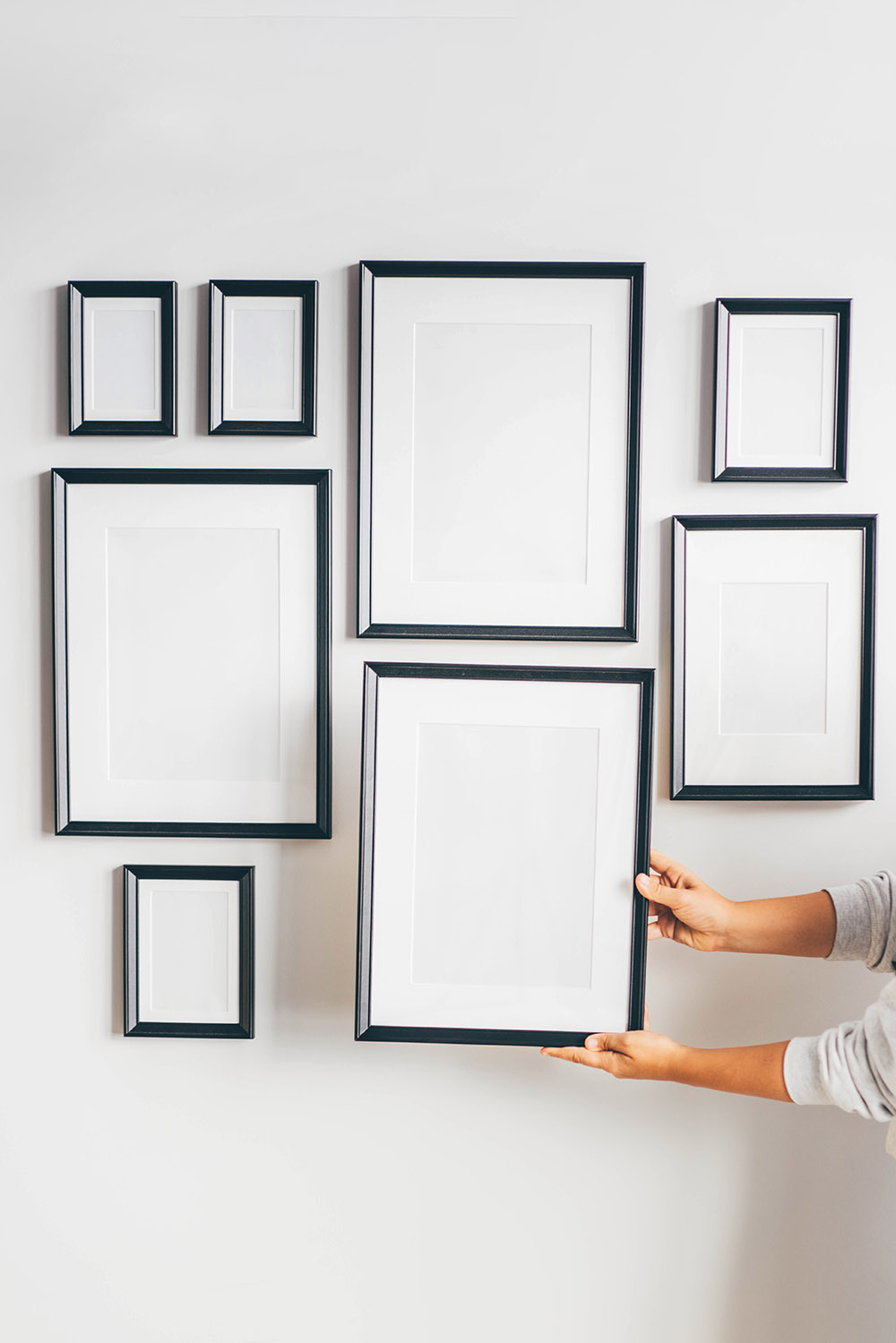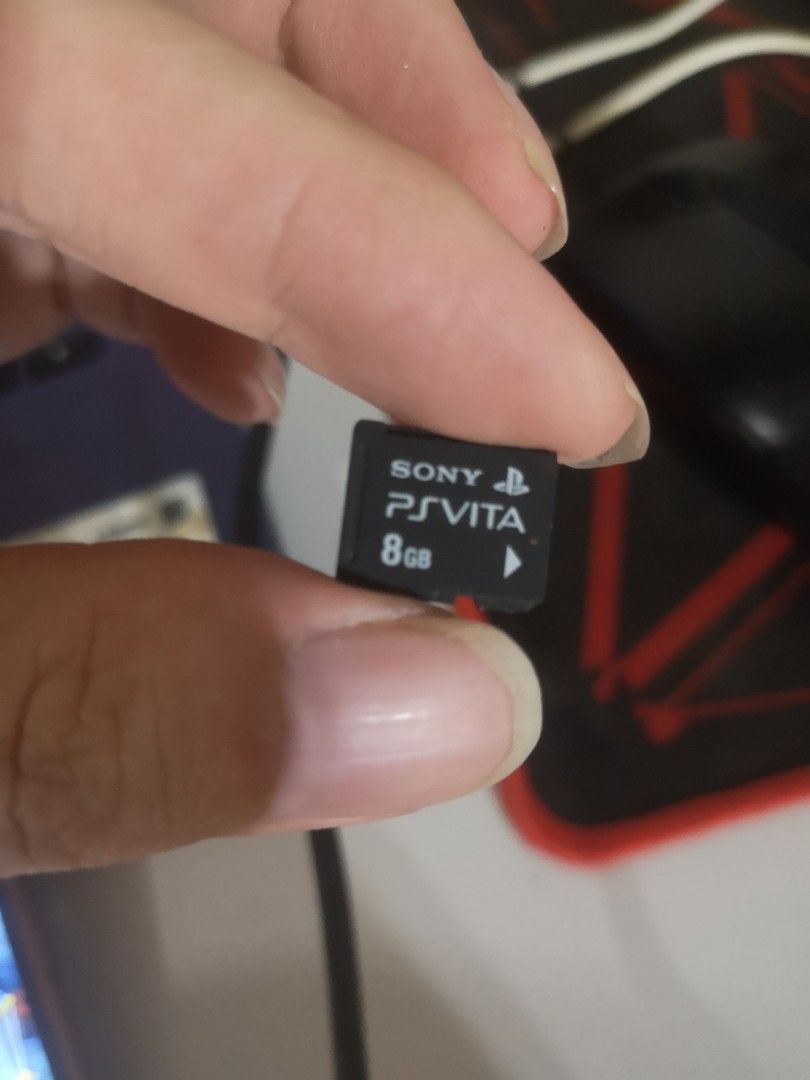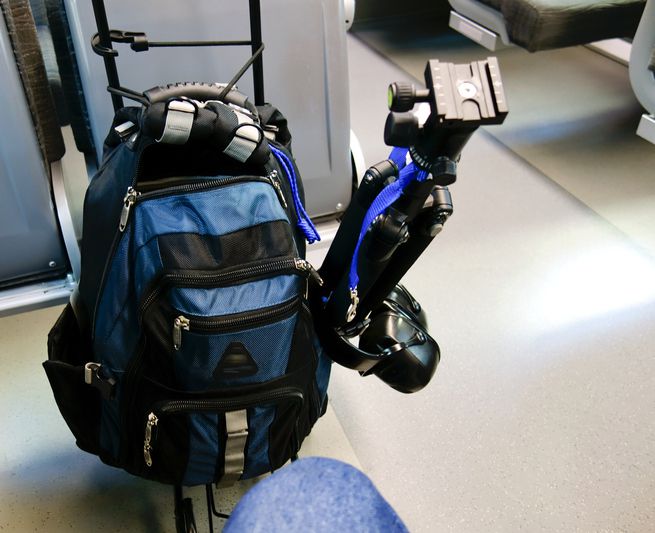The tripod screw might seem small, but it’s a big deal for keeping your camera steady. Every camera has a thread underneath to attach it to a tripod. These threads usually follow a UNC coarse standard, which is stronger than metric threads.
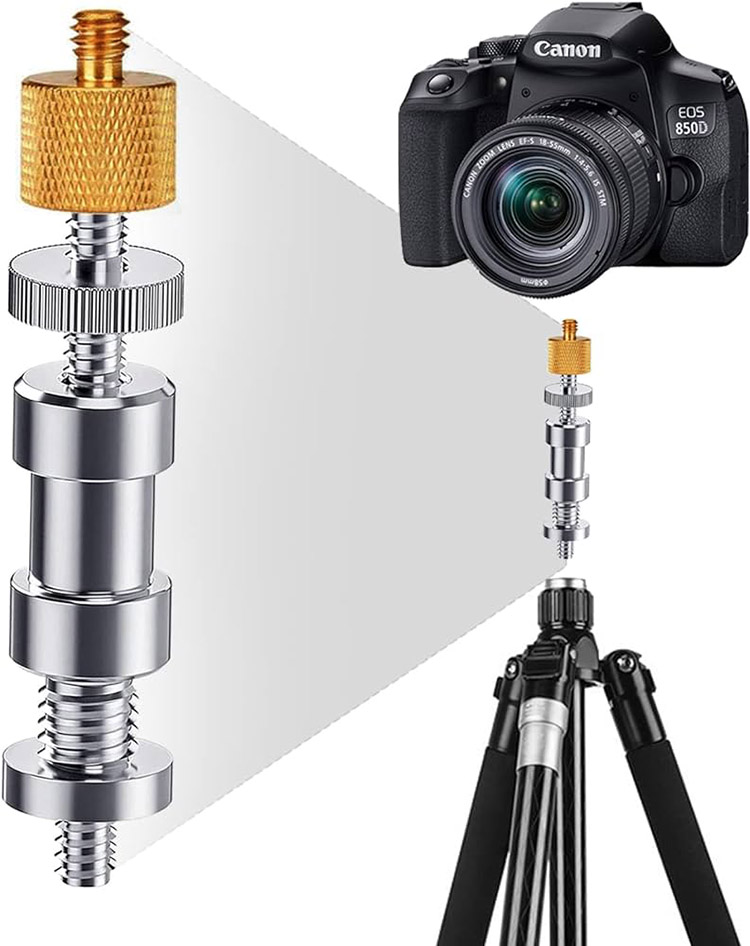
Getting everything ready properly is crucial for great photos. That means ensuring your camera, tripod, and other gear fit perfectly. So, don’t underestimate the camera tripod thread size—it could be what makes your photos turn out perfectly sharp instead of blurry.
In this article:
Size of Standard Tripod Screw
Standard tripod screw sizes come in just two sizes:
- 1/4-20: This is the most common size for most cameras and lighter lenses.
- 3/8-16: This is a beefier option for heavier cameras and professional equipment.
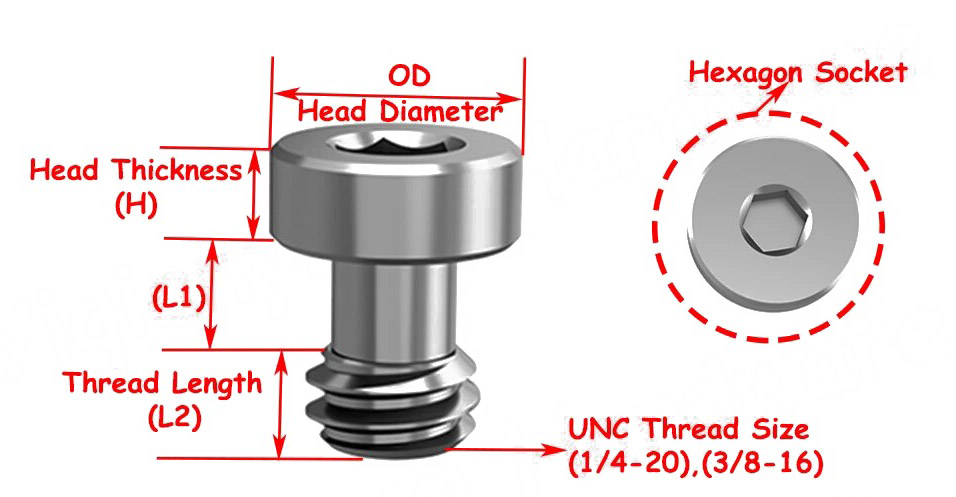
| Specification | Thread Size | OD | H | L1 | L2 |
|---|---|---|---|---|---|
| 1/4-20×7.5mm | 1/4-20 UNC | 9 | 3.5 | 4 | 3.5 |
| 1/4-20×9.5mm | 1/4-20 UNC | 12 | 3.5 | 4.5 | 5 |
| 1/4-20×12.5mm | 1/4-20 UNC | 12 | 3.5 | 5 | 7.5 |
| 3/8-16×9.5(4.5mm) | 3/8-16 UNC | 12 | 3.5 | 5 | 4.5 |
| 3/8-16×9.5(5mm) | 3/8-16 UNC | 12 | 3.5 | 4.5 | 5 |
| 3/8-16×12.5mm | 3/8-16 UNC | 12 | 3.5 | 4.5 | 8 |
| 3/8-16×15.2mm | 3/8-16 UNC | 11.6 | 6.36 | 2.54 | 12.7 |
1/4-20 UNC Thread Size
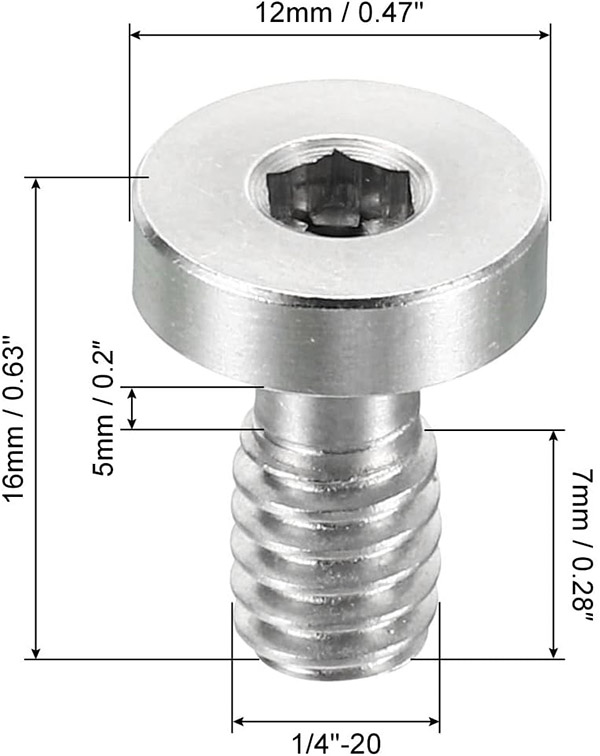
The 1/4-20 UNC thread size refers to a quarter-inch wide thread with 20 threads per inch, following the UNC thread size standard. This size is commonly found on female threads of consumer cameras, while the corresponding male screw is typically found on camera mounting plates.
3/8-16 UNC Thread Size
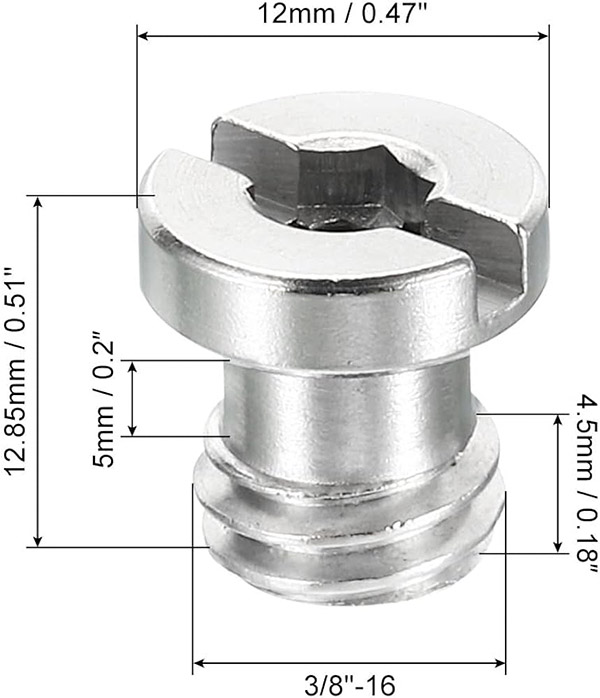
The 3/8-16 UNC thread size features a 3/8 inch wide thread with 16 threads per inch according to the UNC thread size specification. This size is commonly used on tripod heads for mounting onto tripod legs.
Why Do Tripods and Camera Screws Don’t Use Metric Sizes?
Back in the early days of photography, there wasn’t a universal tripod screw size. Different regions had their preferences. Eventually, a standard based on British measurements, such as 1/4-20 and 3/8-16, gained popularity.
Once these sizes became widely adopted, transitioning to a new system, like the metric one, would’ve caused major compatibility issues. Imagine countless cameras and tripods suddenly incompatible with each other—it would have been a nightmare for photographers like us!
So, the industry stuck with what worked. Even as the world moved towards the metric system, cameras and tripods remained loyal to this established British-based standard.
Interestingly, those old British threads are similar to the American threads used in most tripods today. This means your vintage camera gear can likely still be paired with a modern tripod—a handy advantage!
In summary, tripod screws are a reminder of the past, showing how certain standards endure over time. As photographers, we must remember the common sizes, like 1/4-20 and 3/8-16, and continue capturing unforgettable moments!
How Do I Know What Tripod Fits My Camera?
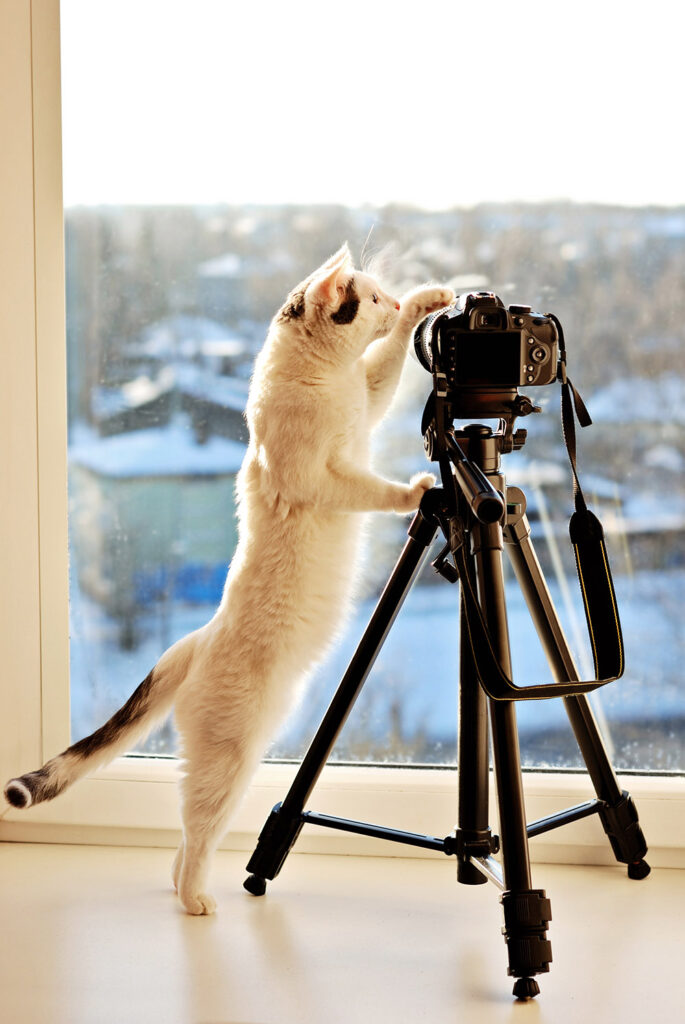
From years of snapping shots, we’ve learned that having the perfect gear setup can elevate your photography game. When selecting a tripod for your camera, a few essential factors must be considered. Let’s break it down to ensure you find the ideal fit for your next photo expedition.
- Compatibility: Ensure your tripod matches your camera’s size and weight. Check the tripod’s weight capacity to support your camera and any additional accessories, like lenses or flashes. Brands like Manfrotto, Gitzo, and Vanguard are known for their reliability and compatibility with various camera models.
- Stability and Weight Capacity: Stability is crucial for capturing sharp images. Opt for a tripod with a sturdy build and a weight capacity exceeding your camera setup’s total weight. Carbon fiber tripods are popular for their lightweight design and exceptional stability, making them ideal for outdoor photography or traveling.
- Height and Adjustability: Look for a tripod with adjustable legs and center columns to accommodate different shooting heights and angles. This flexibility allows you to compose your shots more effectively, whether shooting at ground level or capturing towering landscapes.
- Material and Durability: The material of your tripod affects its durability and portability. Aluminum tripods offer durability at an affordable price point, making them suitable for everyday use. In contrast, carbon fiber tripods offer a lighter weight and greater resistance to vibrations, making them perfect for professional photographers seeking optimal stability.
FAQs
Is The Screw For Attaching Tripod Heads To Tripods Standardized?
As seasoned photographers, we’ve learned that tripod connectors follow a standard format. The top of tripod legs usually features a 3/8-16 connector, while tripod heads have a matching female socket underneath. The heads typically have a 1/4-20 connector on top to attach your camera or other gear. This setup is also common for light stands.
If you ever encounter a “mismatch,” don’t fret. Adapters are readily available to convert between 1/4-20 and 3/8-16 connectors, making it easy to ensure compatibility without breaking the bank.
What Size Screw For K-5 Tripod?
For the K-5, the diameter of the tripod screw is 1/4 inch. Interestingly, this size is the standard for SLR and DSLR cameras, including the trusty old K1000. It may seem small, but knowing this detail can save you a lot of trouble when setting up your gear for the perfect shot.
Conclusion
Now armed with the knowledge of the standard size of tripod screws—1/4-20 and 3/8-16—and why we stick with the imperial system, you can confidently pick the perfect match for your camera and tripod. Remember, a secure connection is the foundation for capturing those amazing, stable photos that showcase your creative vision.
So, next time you’re out with your camera, don’t let a tiny screw hold you back! Keep this guide handy, and get ready to snap stunning images that leave a lasting impression. Happy shooting!


